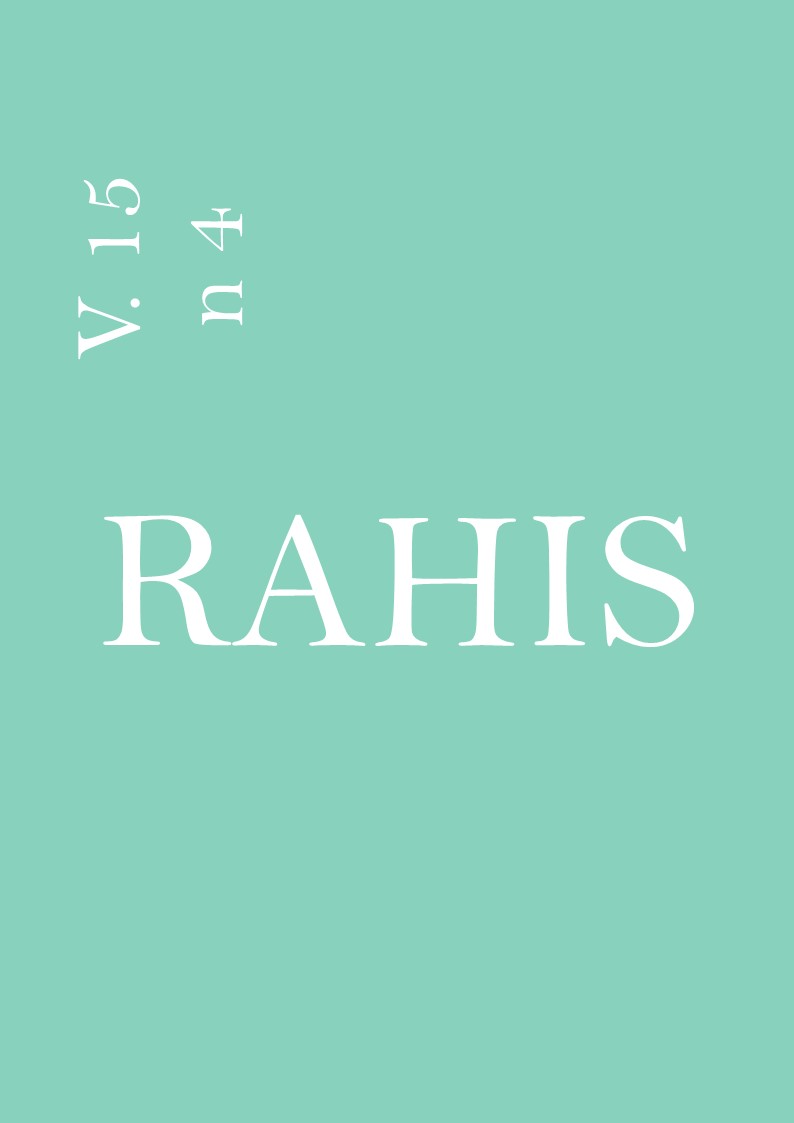Abstract
The Leishmaniasis is a zoonosis with increasing urbanization in Brazil since the 1990s, which has worried public health authorities about the high incidence in the country. Its occurrence is associated to changes in the environment and to the constant migratory movement of the population of the peripheries of the great centers, like other neglected diseases that are related to socioeconomic, cultural, ethnic-racial, psychological and behavioral factors. In view of the manifestations of visceral and tegumentary leishmaniasis in Sergipe, the study sought to identify the municipalities most affected in the period from 2007 to 2017, aiming to offer subsidies for surveillance and control of the disease. The method used involved a research of a bibliographic, exploratory, observational nature, obtained by secondary sources, involving a bibliographic survey in DATASUS databases, Mortality Information System (SIM, acronym in portuguese) and Information System of Notification Diseases (SINAN, acronym in portuguese). The main results showed the incidence of the disease concentrated in the "Aracaju" with 90% of the recorded cases, being 80% for Visceral Leishmaniasis (VL).

